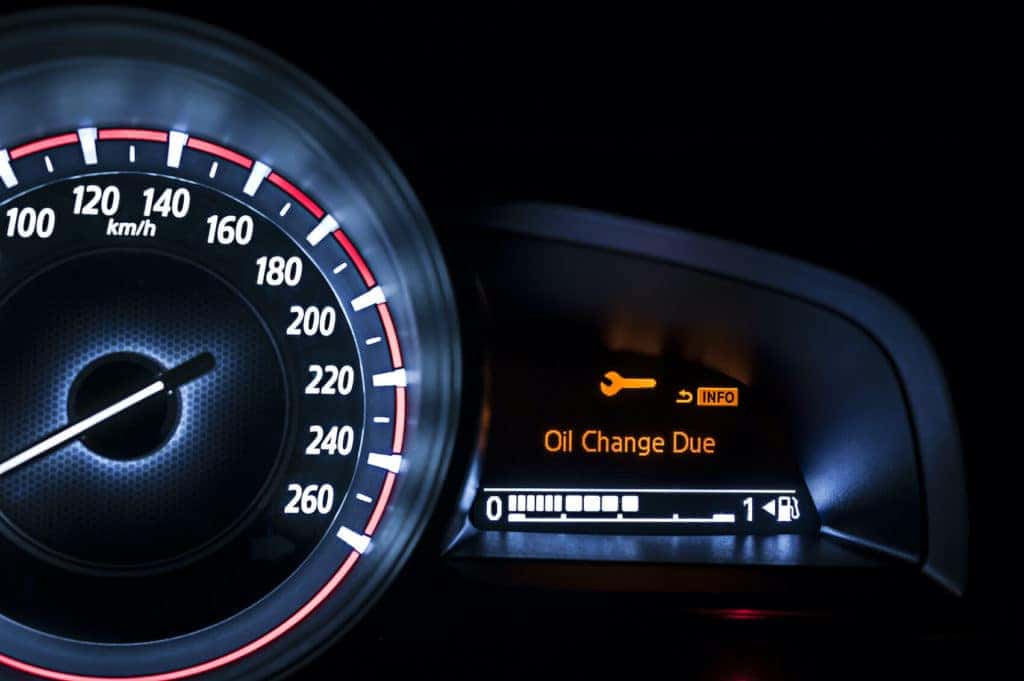Ever wondered why your mechanic keeps bugging you about oil changes? Trust me, I’ve been there. As a car enthusiast and former grease monkey, I’ve seen firsthand how driving habits can make or break your engine’s health. Today, we’re diving deep into the nitty-gritty of oil life, focusing on the epic showdown between city and highway miles. Buckle up, folks – it’s gonna be a wild ride!
Did you know that the average American spends about 17,600 minutes driving each year? That’s a lot of time behind the wheel, and it’s wreaking havoc on our precious engine oil. Whether you’re crawling through stop-and-go traffic or cruising at highway speeds, your driving habits are secretly determining how long your oil will last. Let’s break it down, shall we?
| The Oil Change Conundrum: Frequency Matters!
Alright, let’s kick things off with the million-dollar question: How often should you change your oil? It’s a hot topic that’s sparked more debates than a political rally. Back in the day, the golden rule was every 3,000 miles or three months, whichever came first. But times have changed, my friends!
These days, with synthetic oil and improved engine technology, many manufacturers are pushing oil change intervals to 7,500 or even 10,000 miles. But here’s the kicker – your driving habits play a massive role in determining the ideal frequency.
I remember this one time, I had a customer who insisted on changing his oil every 2,000 miles because that’s what his granddaddy taught him. Talk about overkill! On the flip side, I’ve seen folks stretch their oil way past its prime, turning it into a thick, gooey mess. Neither extreme is good for your engine or your wallet.
| City Slicker or Highway Warrior: Which One Are You?
Now, let’s get down to the meat and potatoes of our discussion – city driving versus highway driving. These two driving styles are as different as night and day when it comes to oil life.
The City Driving Dilemma
Picture this: You’re stuck in traffic congestion, inching forward at a snail’s pace. Your engine’s running, but you’re barely moving. This, my friends, is the bane of oil life. City driving is like a rollercoaster ride for your engine oil, and not in a fun way.
Here’s why city miles are tough on your oil:
- Frequent cold starts: Every time you fire up your engine, it takes a moment for the oil to circulate properly. In the city, you’re likely making lots of short trips, which means more cold starts.
- Stop-and-go traffic: Constant braking and accelerating puts extra stress on your engine, leading to faster oil degradation.
- Idling time: Sitting at red lights or in gridlock traffic means your engine’s running without much benefit, causing oil to break down faster.
- Short trips: Quick runs to the grocery store don’t give your oil enough time to heat up and burn off moisture, leading to oil contamination.
I once had a taxi driver bring in his car for an oil change, and let me tell you, that oil was blacker than a moonless night. City driving had turned it into a thick sludge in record time!
Highway Miles: The Oil’s Best Friend?
On the flip side, highway driving is generally easier on your oil. When you’re cruising at a steady speed, your engine’s purring like a kitten, and your oil’s having a grand old time.
Here’s why highway miles are kinder to your oil:
- Consistent engine temperature: Long trips allow your engine to reach and maintain its optimal temperature, which is great for oil performance.
- Less frequent starts and stops: Fewer cold starts mean less stress on your oil.
- Better fuel efficiency: Highway driving often results in better mpg, which can indirectly benefit oil life.
- Reduced engine stress: Smooth, steady driving puts less strain on your engine components.
But don’t get too excited – highway driving isn’t a magic cure-all for oil life. I’ve seen plenty of long-distance drivers who thought they could push their oil to the limit. Spoiler alert: They couldn’t.
| The Science Behind Oil Breakdown
Alright, time for a quick science lesson (don’t worry, I’ll keep it simple). Oil degradation isn’t just about mileage – it’s a complex process influenced by various factors.
Oil Oxidation: The Silent Killer
Oxidation is like rust for your oil. It happens when oil molecules react with oxygen, creating acids that can corrode engine parts. Heat is oxidation’s best friend, which is why engine temperature plays such a crucial role in oil life.
Viscosity Breakdown: When Oil Loses Its Mojo
Oil viscosity is a fancy way of saying how thick or thin the oil is. Over time, oil can thin out or thicken up, losing its ability to protect your engine properly. This is where synthetic oil often outperforms conventional motor oil – it’s more resistant to viscosity breakdown.
Contamination Nation: The Dirty Truth
Your oil doesn’t just lubricates – it also cleans your engine. But as it picks up dirt, metal particles, and other nasties, it becomes less effective. This is where oil filters come in, but they can only do so much.
| The Role of Driving Conditions
Now, let’s talk about how different driving conditions can impact your oil life. It’s not just about city versus highway – there’s a whole world of factors at play.
Weather Woes: From Scorching Heat to Arctic Chill
Extreme temperatures can wreak havoc on your oil. In scorching heat, oil can break down faster. In freezing cold, it might struggle to circulate properly during those crucial first moments after a cold start.
I remember this one winter when my own car refused to start. Turned out, the oil had thickened up so much it was like trying to pump molasses through a straw!
The Weighty Issue: Towing and Heavy Loads
If you’re regularly towing or carrying heavy loads, you’re putting extra stress on your engine and oil. This can lead to faster oil breakdown and the need for more frequent changes.
Terrain Troubles: Mountains, Deserts, and Everything in Between
Driving in mountainous areas or through dusty deserts can also impact oil life. Steep inclines make your engine work harder, while dusty conditions can lead to more contamination.
| The Tech Revolution: Oil Life Monitors and Beyond
Alright, let’s geek out for a moment and talk about some cool tech that’s changing the oil change game.
Oil Life Monitors: Your Dashboard’s Crystal Ball
Many modern cars come equipped with oil life monitors. These nifty devices use algorithms to estimate your oil’s remaining life based on various factors like driving conditions, engine temperature, and RPMs.
But here’s the catch – they’re not infallible. I’ve seen plenty of cases where the monitor said the oil was fine, but a quick oil analysis told a different story.
The Power of Oil Analysis
Speaking of oil analysis, this is a game-changer for understanding your oil’s true condition. It’s like a blood test for your car, revealing all sorts of juicy details about your engine’s health.
| Practical Tips for Maximizing Oil Life
Alright, enough with the theory – let’s get down to some practical advice. Here are my top tips for keeping your oil in tip-top shape:
- Follow manufacturer recommendations: Your car’s manual is like the Bible of maintenance. Stick to it!
- Check your oil regularly: Get in the habit of checking your oil level at least once a month.
- Pay attention to your driving habits: If you do a lot of short trips or city driving, you might need to change your oil more frequently.
- Use the right oil: Make sure you’re using the correct viscosity and type of oil for your vehicle.
- Don’t ignore warning lights: That pesky check engine light might be trying to tell you something important about your oil.
- Consider synthetic oil: It often lasts longer and performs better in extreme conditions.
- Practice smooth driving: Avoid aggressive acceleration and hard braking when possible.
- Keep up with other maintenance: Things like changing your air filter and fuel filter can indirectly impact oil life.
| The Environmental Angle: Balancing Performance and Sustainability
Now, I know what some of you might be thinking – “Isn’t changing oil frequently bad for the environment?” It’s a valid concern, and one that’s close to my heart.
The truth is, there’s a delicate balance between engine protection and environmental responsibility. Changing your oil too frequently wastes resources, but waiting too long can lead to engine damage and reduced fuel efficiency, which is also bad for the environment.
My advice? Stick to your manufacturer’s recommendations, but don’t be afraid to extend intervals if you’re using high-quality synthetic oil and driving mainly on highways. And always, always dispose of your used oil properly!
| The Final Verdict: City vs. Highway Miles
So, after all this, what’s the bottom line? Is highway driving really better for your oil than city driving?
In general, yes – highway miles are typically easier on your oil. But (and this is a big but) it’s not that simple. Your overall driving style, the climate you live in, your vehicle’s age, and many other factors all play a role.
The key is to be aware of your driving habits and adjust your oil change intervals accordingly. Don’t just blindly follow the 3,000-mile rule or rely solely on your oil life monitor. Use your noggin, pay attention to your car, and when in doubt, consult a pro.
Remember, folks – your engine oil is the lifeblood of your car. Treat it right, and it’ll keep your ride purring for years to come. Now get out there and drive smart!
How often should I change my oil if I mostly drive in the city?
If you’re a city driver, consider changing your oil more frequently – every 5,000 miles or 6 months, whichever comes first. City driving with its stop-and-go traffic and short trips is harder on your oil. However, always check your owner’s manual for specific recommendations.
Does highway driving really extend oil life?
Yes, highway driving generally extends oil life. Consistent speeds and temperatures allow your oil to work more efficiently. However, don’t assume you can ignore oil changes just because you’re a highway warrior. Regular checks and changes are still crucial for engine health.
Can I trust my car’s oil life monitor?
Oil life monitors are helpful but not infallible. Use them as a guide, but don’t rely on them exclusively. It’s always a good idea to physically check your oil level and condition regularly, especially if you have an older vehicle or do a lot of city driving.
Is synthetic oil worth the extra cost for city drivers?
For city drivers, synthetic oil can be a smart investment. It handles high temperatures better, resists breakdown longer, and protects your engine more effectively during frequent cold starts. While pricier upfront, it may save you money in the long run through extended change intervals.
How can I make my oil last longer between changes?
To extend oil life, avoid short trips when possible, maintain steady speeds, don’t overload your vehicle, and keep up with other maintenance like air filter changes. Also, consider using synthetic oil and follow your manufacturer’s recommended grade. Regular oil level checks can catch issues early.


